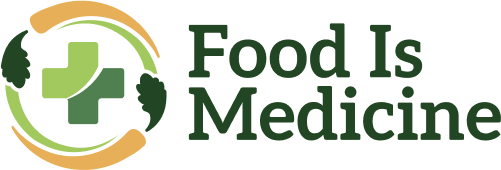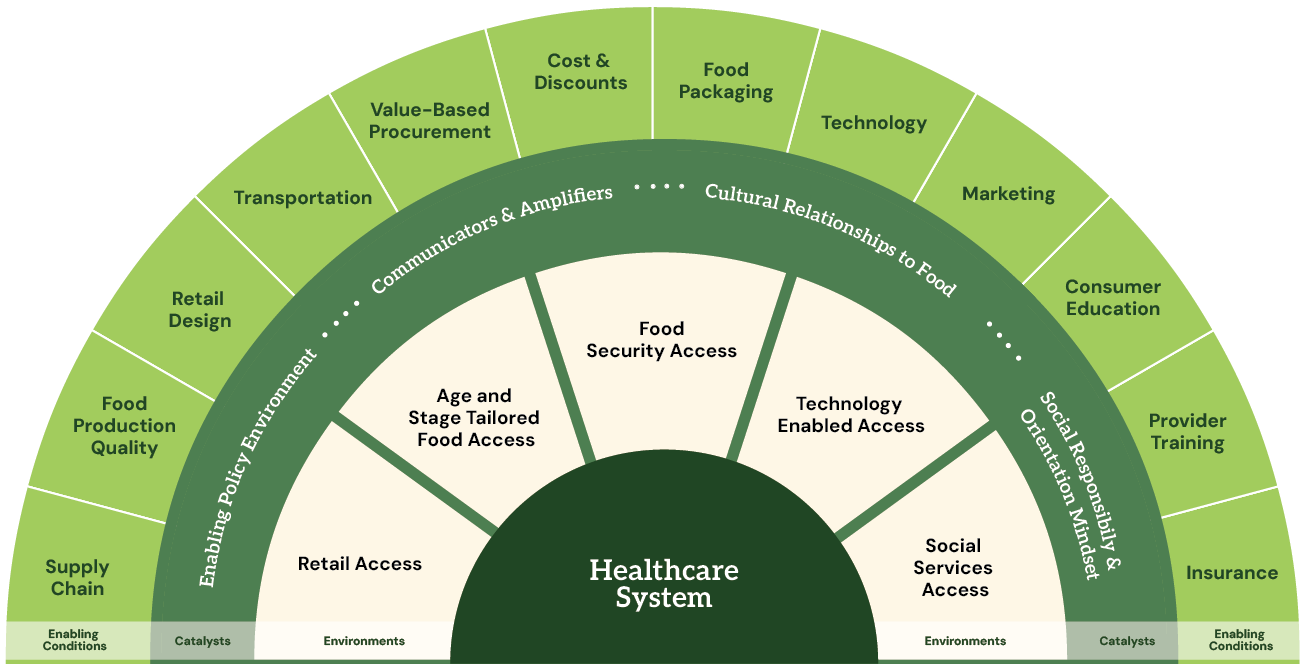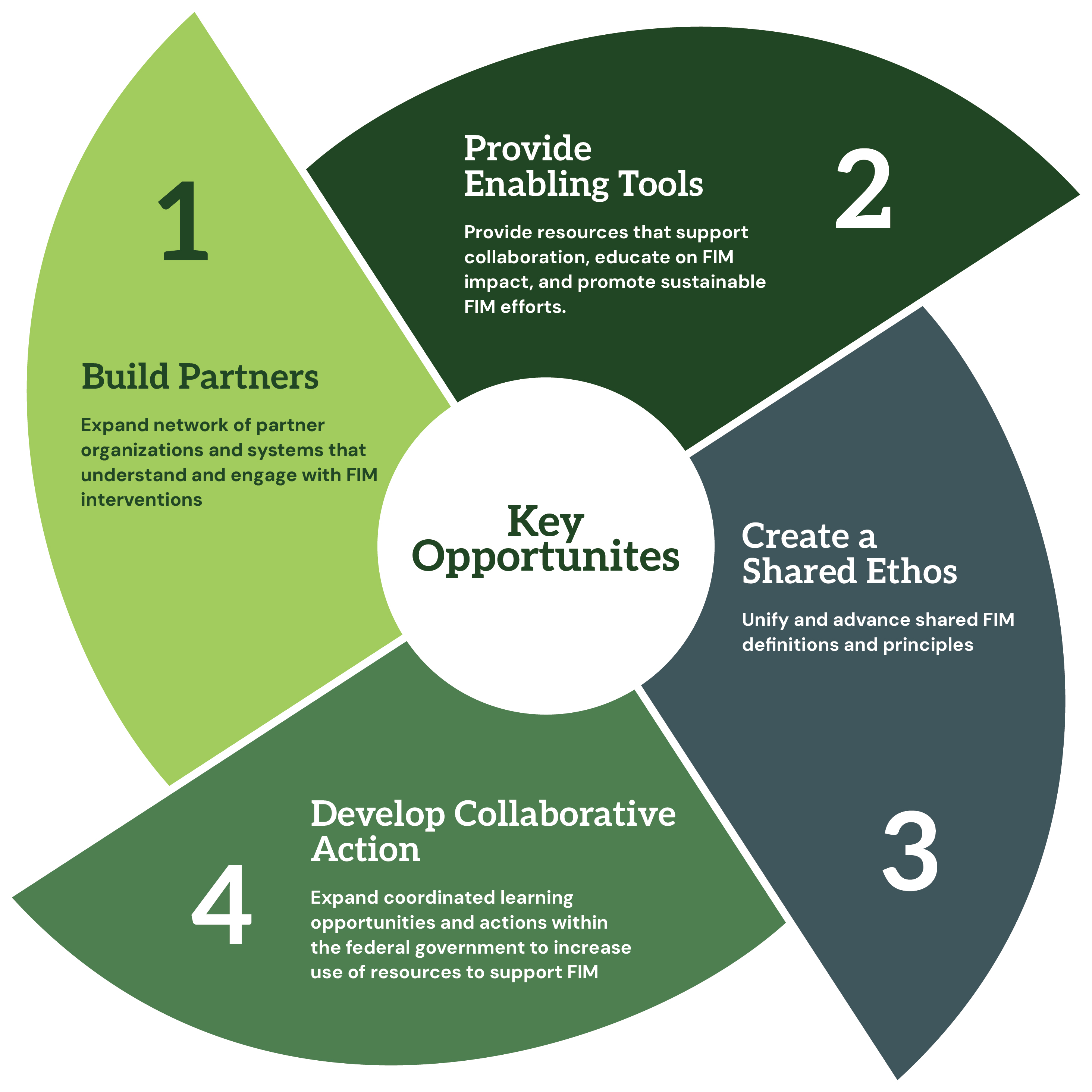Our Vision
We envision an America where all individuals, families, and communities have equitable access to culturally preferred, nutritious food to help prevent, manage, and treat diet-related diseases and promote health and well-being.
Our Food Is Medicine (FIM) work is grounded by the understanding that:
- Access to nutritious food is critical to health and resilience.
- Healthy eating patterns can reduce the risk of many diseases and health conditions.
- Healthy eating patterns play an important role in physical development; maintenance of healthy skin, teeth, and eyes; bone strength; muscle and digestive function; and immunity; and contribute to improved quality of life.
Achieving this vision will require a whole-of-government and whole-of-society approach that ensures the healthy choices are the easy choices.
Food Is Medicine Opportunities
We need transformative programs, policies, and system changes within and outside the government. There is no simple solution to these complex issues.
The success of FIM interventions requires strong collaboration between health care, community-based organizations (CBOs), food producers and retailers, and public sector partners. We must work together to encourage the integration of Food Is Medicine interventions across communities and systems.
We have already witnessed strong effort and investment across several systems and organizations. Many organizations are advancing Food Is Medicine efforts and seeking partnership with federal agencies to collaboratively address growing need where diet and health care intersect.
When leaders integrate interventions in their organizations, they can better assist their participants in following dietary recommendations by directly increasing the affordability and accessibility of culturally relevant, healthy foods and enabling sustained dietary changes.
Food Is Medicine Initiative Timeline
In September 2022, the White House issued a National Strategy on Hunger, Nutrition, and Health to end hunger and reduce the burden of diet-related diseases by 2030. Through this strategy, we established the “Food Is Medicine Initiative to Unify and Advance Collective Action.”
Secretary of the U.S. Department of Health and Human Services Xavier Becerra champions the Food Is Medicine Initiative, which aims to develop and implement a federal strategy to reduce nutrition-related chronic diseases and food insecurity to improve health and racial equity in the United States. This strategy includes diet-related research and programmatic efforts that will increase access to Food Is Medicine initiatives.
Federal Food Is Medicine Collaborative
Federal government colleagues who support Food Is Medicine solutions participate in the Federal Food Is Medicine Collaborative. This group works to establish a shared vision and common language for a unified federal Food Is Medicine effort.
The collaborative is the first and only interdepartmental initiative to include federal departments directly supporting Food Is Medicine interventions and the systems supporting these programs.
The group works to advance Food Is Medicine by:
- Providing thought partnership and leadership to build an aligned federal understanding and approach.
- Engaging in learning and synthesis of best practices and needs to advance Food Is Medicine programs and investments.
- Building collaborative action that can support policy and practice across the federal government and the nation.





